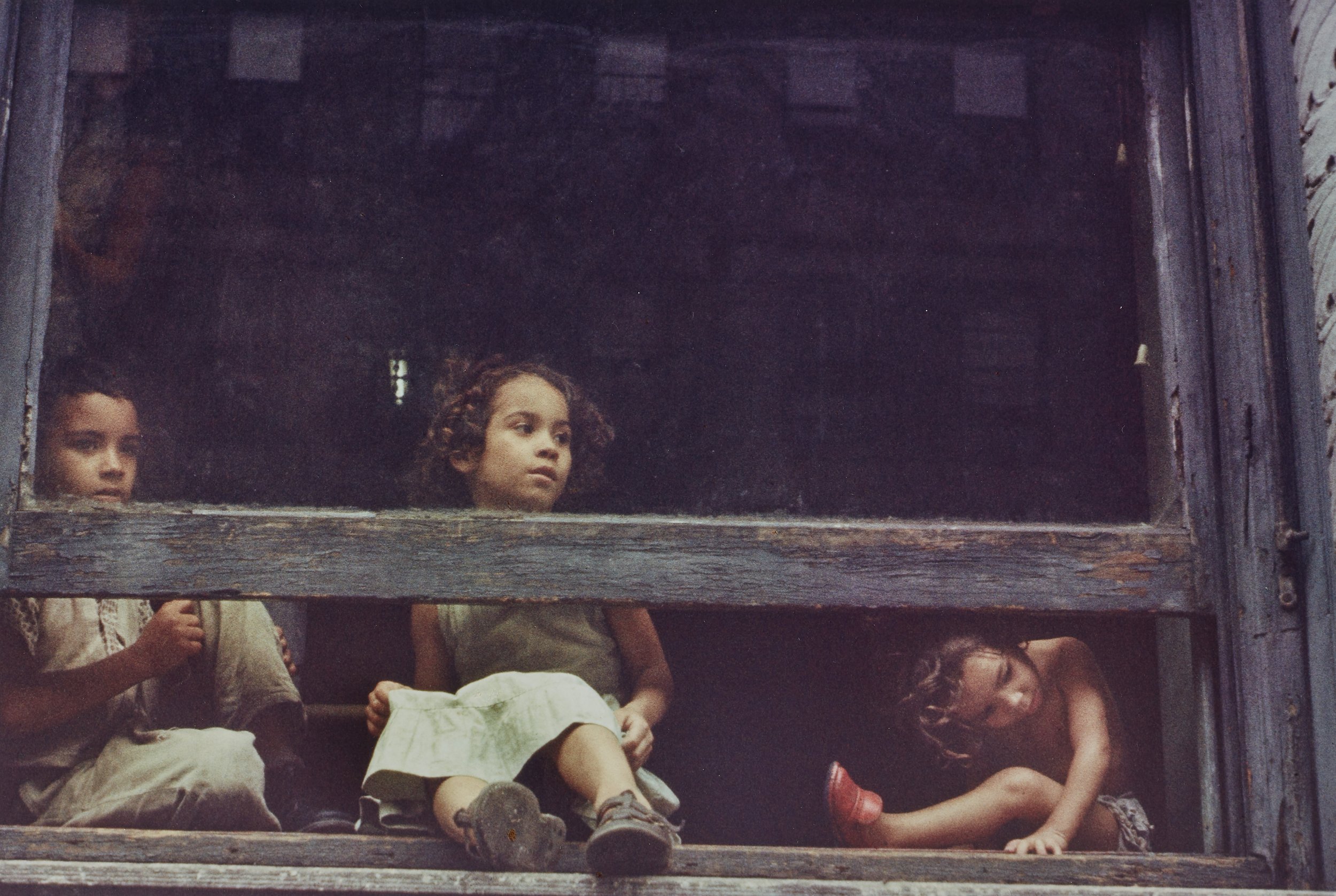Which is Better? Black and White or Colour?
“One very important difference between color and monochromatic photography is this: in black and white you suggest; in color you state. Much can be implied by suggestion, but statement demands certainty... absolute certainty.” Paul Outerbridge
"I have done no color of consequence for thirty years! I have a problem with color—I cannot adjust to the limited controls of values and colors. With black-and-white I feel free and confident of results". Ansel Adams
__________________________________________________
[1] - Helen Levitt
Born – New York, 1913
Died – New York, 2009
Helen Levitt / © Estate of Helen Levitt
Helen Levitt was born in 1913 in a middle-class family of Russian-Jewish parents in Brooklyn, New York. She was one of the early pioneers of color street photography.
At the age of 18, she started her photography career by working in a portrait studio located in the Bronx. Her inspiration came from the works of Henri-Cartier Bresson, a French photographer, which led her to buy a 35-mm Leica camera. She then started exploring the impoverished neighbourhoods of her hometown, New York, to find subjects for her photography. She was fascinated by the games children played on Brooklyn's streets and enthusiastically captured their chalk drawings.
Helen Levitt: Walker Evans, New Yorkc. 1940
About 1938, she took her portfolio (photos of the children’s chalk drawings) to photographer Walker Evans’s studio and started to grow a friendship with him, James Agee, and their friend, the art critic Janice Loeb.
She hoped to break down injustices by showing that children from all backgrounds could play together, oblivious to the divided and crime-ridden world around them.
In 1959 and 1960, Levitt received two subsequent Guggenheim Fellowships and started to work in color to shoot the streets of New York City.
Unfortunately in 1970, a burglar stole almost all of her color slide film and print (few survived), but Levitt went out back to the streets and shots her best color work.
40 of her color street photos were shown as a slide show at the New York Museum of Modern Art in 1974, one of the first color photo exhibitions in an art museum.
In recent years Levitt gave up his faithful Leica to switch to a smaller automatic Contax.
I never had a ‘project.’ I would go out and shoot, follow my eyes —what they noticed, I tried to capture with my camera, for others to see.” – Helen Levitt
“It would be mistaken to suppose that any of the best photography is come at by intellection; it is like all art, essentially the result of an intuitive process, drawing on all that the artist is rather than on anything he thinks, far less theorizes about.” – Helen Levitt
“I decided I should take pictures of working class people and contribute to the movements. Whatever movements there were Socialism, Communism, whatever was happening. And then I saw pictures of Cartier Bresson, and realized that photography could be an art and that made me ambitious.” – Helen Levitt
Color Slide Film from Helen Levitt shot in NYC shot with a Guggenheim she received in 1959 and 1960. Recorded at the MOMA in NYC.
Levitt is recognized as New York's "visual poet laureate," offering a poetic interpretation of her environment without bias or preconception. Her photographs humanise her subjects in their unique and diverse authenticity.
Levitt is renowned for her impromptu photographs, which capture the raw authenticity of working-class neighbourhoods with a touch of theatricality. As a true pioneer of Street Photography, her work has undoubtedly influenced the genre of street photography. Many try to replicate the authentic moments Levitt was a master at capturing. Levitt suggested that images are open-ended, speaking of things beyond the frame.
Although her work falls under the category of social documentary, Levitt draws inspiration from the surrealist movement.
She was an early pioneer of the New York avant-garde movement, dabbling in film-making as well.
New York. 1959
NYC (Kids in Window) 1959
New York City, 1971
New York, 1971-74
New York, 1972
New York, 1974
New York, 1980
New York, 1981
NYC (Phone Booth) 1988












